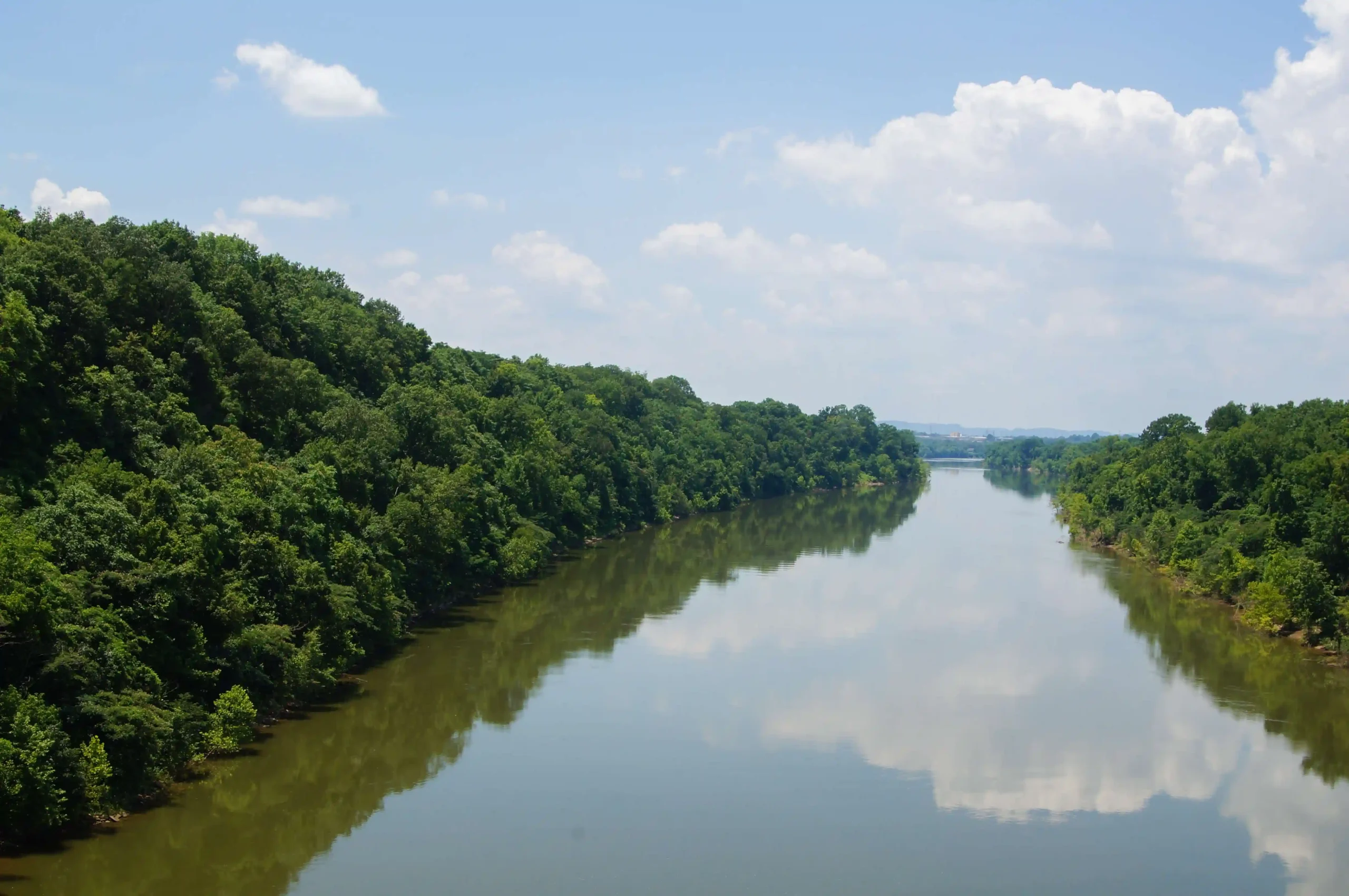Gay Street and the Cumberland River: The Dual Heart of Knoxville
Knoxville, Tennessee, is a city rich in history and culture, where vibrant streets and natural beauty converge to create a unique Southern charm. Two key elements that define the essence of Knoxville are Gay Street and the Cumberland River. These landmarks not only hold historical significance but also serve as the heartbeat of the city, offering both locals and visitors a taste of what makes Knoxville special.
Gay Street: Knoxville’s Historic Thoroughfare
Gay Street is one of the most iconic streets in Knoxville, serving as the city’s main artery for culture, business, and entertainment. It has been the center of Knoxville’s growth and transformation since the 19th century.
A Rich History
Gay Street has been a vital part of Knoxville since the early days of the city. In the 1800s, it was the commercial hub, lined with shops, theaters, and hotels that catered to travelers and residents alike. The street has seen Knoxville evolve from a small frontier town to a bustling modern city. Historic buildings that have stood the test of time still line Gay Street, offering a glimpse into the past while housing contemporary businesses and venues.
Cultural Significance
Today, Gay Street is the cultural heart of Knoxville. It is home to several historic landmarks, such as the Tennessee Theatre, which opened in 1928 and remains a beloved venue for concerts, films, and performances. The Bijou Theatre, another historic gem, adds to the street’s reputation as a hub for the arts. Visitors strolling down Gay Street can also explore a variety of galleries, boutiques, and restaurants that reflect the diverse and creative spirit of the city.
Modern Day Appeal
While Gay Street is steeped in history, it has also embraced modernity. The street is a lively destination for festivals, parades, and public events throughout the year. Whether you’re catching a live performance, enjoying a meal at a trendy restaurant, or simply taking in the sights, Gay Street offers something for everyone.
The Cumberland River: A Natural Treasure
Flowing through the heart of Tennessee, the Cumberland River is a major waterway that has shaped the history, economy, and culture of the region. While it doesn’t run directly through Knoxville, its influence on the city and the state as a whole is undeniable.
Historical Importance
The Cumberland River has been a crucial transportation route since the time of Native American tribes, who relied on it for trade and sustenance. In the 18th and 19th centuries, the river played a vital role in the westward expansion of the United States, serving as a pathway for settlers and a channel for transporting goods.
Economic Impact
The river has long been an economic lifeline for the region. It facilitated the movement of goods, including agricultural products, timber, and coal, helping to build the economy of Tennessee and the surrounding states. Today, the Cumberland River continues to support commerce, with barges carrying materials and goods along its length.
Recreational Opportunities
Beyond its economic contributions, the Cumberland River is a source of recreation and natural beauty. It offers opportunities for boating, fishing, and hiking along its scenic banks. The river is also a popular spot for outdoor enthusiasts who enjoy kayaking or paddleboarding, providing a serene escape from the hustle and bustle of city life.
The Intersection of Urban and Natural Beauty
While Gay Street and the Cumberland River serve different functions, they represent the intersection of urban development and natural beauty that defines Knoxville. Gay Street captures the vibrant, cultural side of the city, while the Cumberland River offers a connection to the natural world and the rich history of the region.
Why They Matter
Together, Gay Street and the Cumberland River encapsulate the spirit of Knoxville—a city where history meets modernity and urban life blends seamlessly with nature. Whether you’re exploring the historic theaters of Gay Street or enjoying the tranquility of the Cumberland River, these landmarks offer a deep appreciation of what makes Knoxville a unique and cherished place.
Conclusion
Gay Street and the Cumberland River are more than just a street and a river—they are symbols of Knoxville’s past, present, and future. Gay Street, with its historic charm and vibrant cultural scene, and the Cumberland River, with its enduring natural beauty, together tell the story of a city that values both its heritage and its natural surroundings. Whether you’re a local resident or a visitor, taking the time to explore these landmarks will give you a deeper understanding and appreciation of Knoxville’s unique character.






